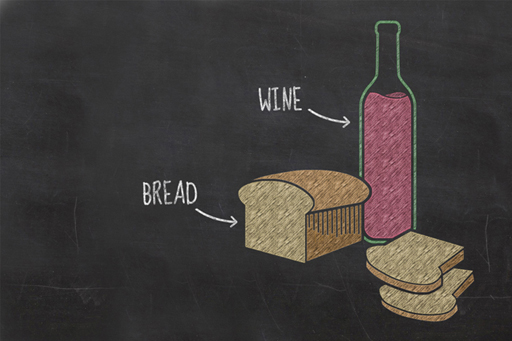3.3 Yeast – who needs it?

You’ve seen yeast in action and had a look at the science behind it, but where has it come from? Human society has used it for at least 7000 years. Its use in brewing is first thought to have taken place in ancient Iran and possibly even earlier in China. The oldest surviving beer recipe dates back to a 3900-year-old Sumerian poem.
The earliest brewing may well have been accidental, as wild yeasts in the air and on the ground may have contaminated cereal crops, causing them to undergo spontaneous fermentation, possibly in leftover pots of gruel. As time passed these brews would have been replicated and, to a degree, standardised.
Without fermented beverages, historical populations might have been afflicted with more waterborne diseases than are recorded, due to the boiling step in the production process.
Around the same time yeasts were being used in brewing, they began to be used as raising agents in bread making. As far back as 30,000 years ago, humans were crushing up cereal crops and baking them as flatbreads, but records show that from a few thousand years ago the ancient Egyptians began using yeasts to leaven bread, although the extent to which their rather dense loaves actually rose is uncertain.
The Romans, Greeks, Gauls, and Iberians are all recorded as making leavened breads. By the Middle Ages bread had become a staple across Europe, not only as food, but also as a type of plate, known as a trencher. These trenchers were made from a slice of stale bread, on which the food was placed. The trencher would soak up the juices to be eaten later or given to the poor.
In modern times, bread comes in a dizzying array of types, light to dark, pure and refined, coarse and grainy, sliced and unsliced to name but a few. Interestingly, sliced bread is a fairly recent invention.
Early attempts to pre-slice bread were met with doubt as it was thought that the bread would go stale too quickly. In 1928, Otto Rohwedder sold his latest invention to a bakery in Chillicothe, Missouri, a device to slice and wrap loaves of bread. In 1928, an advert was run on the back page of the local newspaper proclaiming it to be ‘the greatest forward step in the baking industry since bread was wrapped’. This may be the origins of the phrase, ‘the best thing since sliced bread’, suggesting that the best thing prior to sliced bread was wrapped bread!
